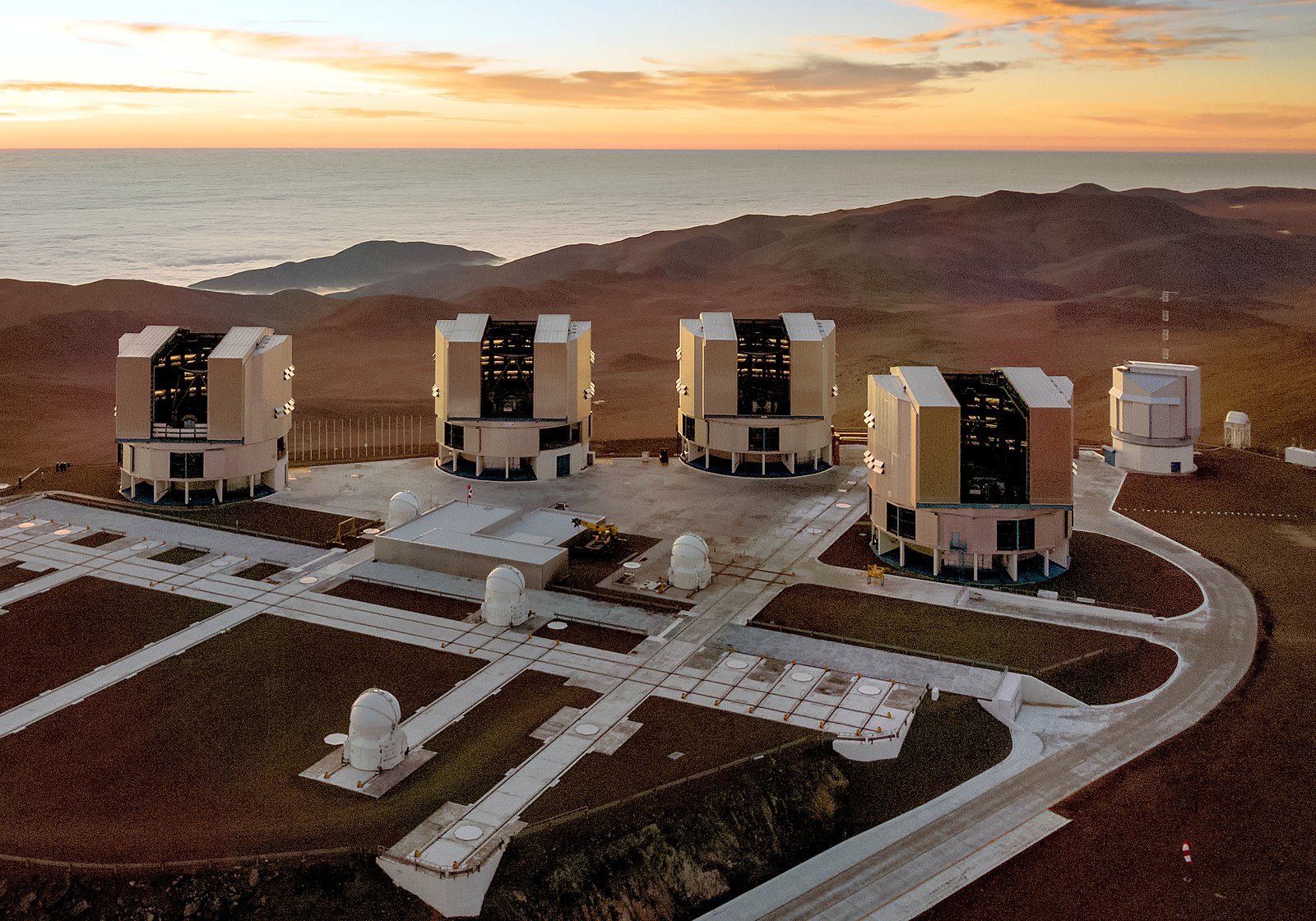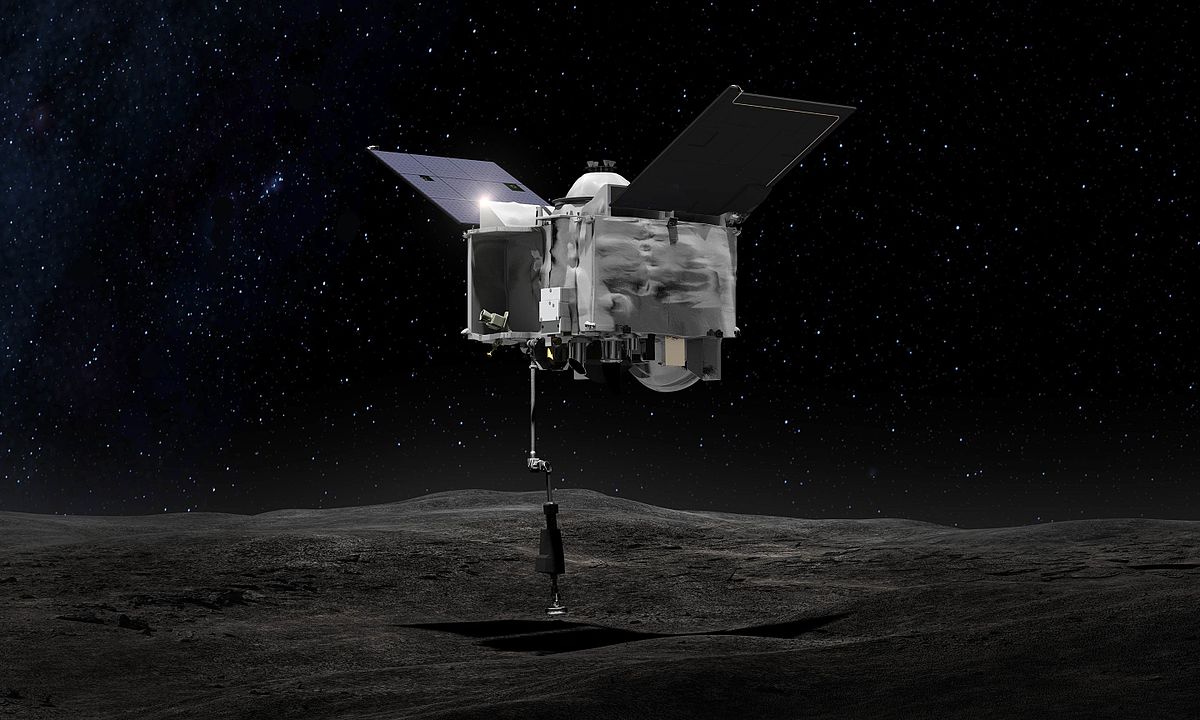Exoplanet studies have come a long way in a short time! To date, 5,523 exoplanets have been confirmed in 4,117 systems, with another 9,867 candidates awaiting confirmation. With all these planets available for study, exoplanet researchers have been shifting their focus from detection to characterization – i.e., looking for potential signs of life and biological activity (biosignatures). Some major breakthroughs are expected in the coming years, thanks in part to next-generation observatories like NASA’s James Webb and Nancy Grace Roman Space Telescope and the ESA’s PLAnetary Transits and Oscillations of stars (PLATO) mission.
Several ground-based facilities will also be vital to the characterization of exoplanets, like the Extremely Large Telescope (ELT), the Giant Magellan Telescope (GMT), and the Thirty Meter Telescope (TMT). But there are also existing observatories that could be upgraded to perform vital exoplanet research. This idea was explored in a recent paper by an international team of astronomers, who presented the first light results of the High-Resolution Imaging and Spectroscopy of Exoplanets (HiRISE) recently installed on the ESO’s Very Large Telescope (VLT) – not to be confused with the High-Resolution Imaging Science Experiment camera on NASA’s Mars Reconnaissance Orbiter (MRO).
Continue reading “A New Planet-Hunting Instrument Has Been Installed on the Very Large Telescope”









